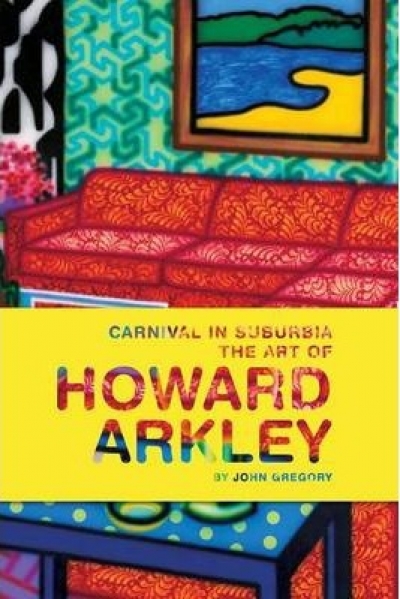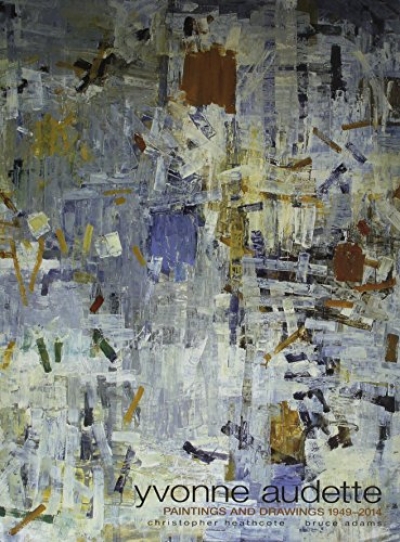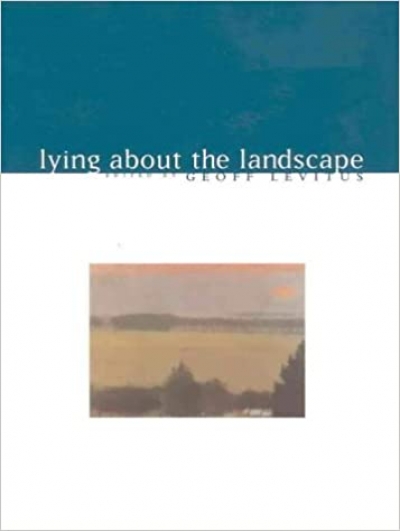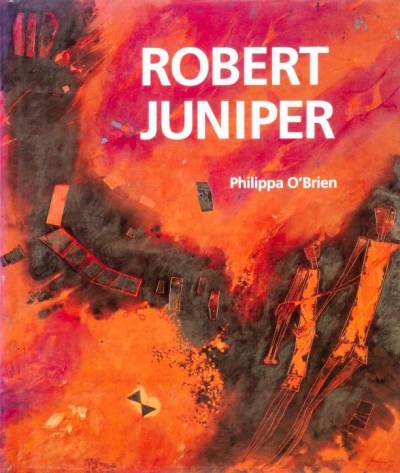Australian Art
Printed Images in Colonial Australia 1801-1901 edited by Roger Butler & Printed Images by Australian Artists 1885-1955 edited by Roger Butler
by John McPhee •
Modernism & Australia: Documents on art, design and architecture 1917–1967 edited by Ann Stephen, Andrew McNamara, and Philip Goad
by Anthony White •
Carnival in Suburbua: The art of Howard Arkley by John Gregory
by Sarah Thomas •
Yvonne Audette: Paintings and drawings by Christopher Heathcote, Bruce James, Gerard Vaughan and Kristy Grant
by Jason Smith •
Fred Williams: An Australian vision by Irena Zdanowicz and Stephen Coppel
by Sebastian Smee •
The Oil Paintings of Arthur Streeton in the National Gallery of Australia by Mary Eagle
by Daniel Thomas •
Robert Juniper by Philippa O'Brien & Salvatore Zofrea by Ted Snell
by Traudi Allen •









